While modern society rage over Muslim women wearing Hijab, they purposefully turn a blind eye to the vast sexualisation of women in the media and fashion industry.
NELOFAR T A, ERNAKULAM
JULY 8, 2020
Why do women need to cover up? Why can’t men control themselves? Do you think men will change just because women cover up? I don’t see anyone sexually harassed just because they don’t wear a hijab.
My friend was pouring out her opinions on the headscarf, which I had chosen to wear from those days, as we trod along the busy streets of Kochi. Her questions may seem quite reasonable in a world where Hijab is still seen as a patriarchal symbol forced upon women. However, as a Muslim woman, I wish to differ.
The majority around the globe consider the Islamic teaching of Purdah as a restriction placed upon women to limit them from participating in different spheres of human activities. These misconceptions are further fuelled by the actions of the so-called Islamic regimes as well as the cultural norms that are often portrayed by the media as Islamic. This misrepresentation of Islam has become so common that even people living in the remotest parts of the world have a notion ingrained in their minds that the women wearing the Hijab or Burqa are oppressed.
But what exactly do the true teachings of Islam say about Hijab? According to the Holy Quran, the practice of Hijab is not limited to women alone. In fact, this injunction is primarily addressed to men in the Quran. It says:
“Say to the believing men that they restrain their eyes and stand guard over their sexual impulses. That is purer for them. Surely, Allah is well aware of what they do.”[1]
Here, men are commanded to control themselves and treat women respectfully, irrespective of their attire. It is important to note here that the Quran lays stress on the control of gazes before asking to control sexual impulses. This is because visual stimuli play a more crucial role in male sexual arousal than in female sexual arousal, as concluded by a review article on sexual behaviour[2]. Thus, teaching men to control their gazes from childhood is critical in making them control their sexual impulses.
This Islamic teaching was exemplified by the Holy Prophetsa when a strikingly beautiful woman approached him seeking guidance on some religious matters. One of his companions, Al Fadl, began to stare at her because of her beauty. Noticing this, the Prophetsa caught Al Fadl’s chin and gently turned his face to the other side so he would not stare at her[3].
Yet, this primary teaching of the Quran is neglected nowadays, so much so that gazing lustfully at women or watching pornography is deemed culturally accepted, or even healthy, in many parts of the world. Statistics reveal that 28,258 users watch pornography every second, and 88 percent of scenes in porn films contain acts of physical aggression[4].
Thus, boys and men learn from a young age to gaze at women uncontrollably, leaving no guard over their sexual impulses and driving them to see women as sexual objects. Herein lies the root of the problem of sexual harassment and domestic violence faced by women all across the globe. Moreover, society seems to be ignorant about the importance of controlling gazes in curtailing harassment towards women. Hence, it continues to condemn sexual harassment but fails to address the system that creates sexual predators.
All that said, the question may still persist: Why do women need to cover themselves? Why should women’s clothing matter at all?
A study conducted on neural responses to sexualised targets shows when men see images of women dressed in bikinis, a part of their brain gets activated, which is associated with tools, in contrast to seeing pictures of fully dressed women[5].
Men were also more likely to associate images of sexualised women with first-person action verbs such as ‘I push’, ‘I grasp’, or ‘I handle’, suggesting that sexualised women are more closely associated with being the objects, not the agents, of action as compared to clothed women. On the other hand, they associated fully dressed women with third-person forms, indicating that those women were perceived as being in control of their actions. This finding points out the graver consequences of sexualising women, a culture that is prevalent in media and the fashion industry.
Yet, the objectification of women has become the norm of advertisements and online media platforms. A study conducted by researchers at Wesleyan University found that on average, across 58 different magazines, 51.8 percent of advertisements that featured women portrayed them as sex objects. However, when women appeared in advertisements in men’s magazines, they were objectified 76 percent of the time[6].
This sad reality is further gruesome in the way it triggers violence against women. A study based on perception neuroscience concludes sexual violence as the consequence of a dehumanised perception of female bodies that aggressors acquire through their exposure to and interpretation of objectified body images[7]. This is further validated by UNICEF USA, which states that the objectification and sexualisation of girls in the media are linked to violence against women and girls worldwide[8].
This clearly shows that modest clothing, as proposed by Islam, can offer protection for women to a very great extent and stop them from getting degraded as objects. Yet, ironically, Burqah and Hijab continue to be portrayed explicitly as inhumane and regressive, while the vast objectification of women carried out in the disguise of fashion and freedom is promoted as ‘liberating’.
Islam says no to this destructive agenda of dehumanising women, which judges them based on their fairness or beauty standards. Islam, on the other hand, values intellect, talent, and innate qualities and thus stands for the true liberation of women.
In actuality, Islam asks women to stop defining themselves in terms of outward attractiveness and to take safety into their own hands rather than relying upon the goodness of men. It asks them to place physical or spiritual boundaries during interactions with the opposite gender, in public and private, to safeguard and protect themselves from possible dangers.
Unfortunately, these teachings based on gender justice, which place the social responsibility of morality on both men and women, are vastly misunderstood.
The Founder of the Ahmadiyya Muslim Community, Hazrat Mirza Ghulam Ahmadas, has shed light upon the true concept of Islamic Purdah. He says:
“The Book of God does not aim at keeping women in seclusion like prisoners. This is the concept of those who are not acquainted with the correct pattern of Islamic ways. The purpose of these regulations is to restrain men and women from letting their eyes rove freely and from displaying their good looks and beauties, for therein lies the good of men and women.”[10]
This compels us to ask: when delirious patriarchal comments of misogynistic clerics are frequently quoted, why are the true teachings of Islam purposefully ignored? When gender-equal societies rage over Muslim women observing Hijab, why do they turn a blind eye to the vast sexualisation and objectification of women in fashion magazines, advertisements, and the worst, in porn sites?
When objectification is the ulterior motive of today’s so-called ‘liberators of women’, there is no wonder why a Muslim woman, who chooses to defy the standards of outward attractiveness by giving precedence to her faith, is portrayed as ‘oppressed’. Thus, rather than getting blindfolded in the race to keep up the orientalist tradition of ‘liberating’ Muslim women, I think it is time for the world to open its eyes to the monstrous marketers, for whom, liberation is just a tool of commodification.
Nelofar T A is an undergraduate in Physics and serves as the President of the Ahmadiyya Muslim Women’s Students Association in Ernakulam, Kerala.
END NOTES
[1] Holy Quran 24:31
[2] Heather A. Rupp, K. W. (2008) Sex Differences in Response to Visual Sexual Stimuli: A Review, Archives of sexual behaviour pp. 206-218
[3] Sahih al-Bukhari, Kitab al-Istizaan (The Book on Asking Permission)
[4] Pornography Statistics. (n.d.). Retrieved from Covenant Eyes:
[5] Susan .T. Fiske, J. L. (2010, March) From Agents to Objects: Sexist Attitudes and Neural Responses to Sexualized Targets, Journal of Cognitive Neuroscience pp. 540-551
[6] Rosselli, J. M. (2008) Women as Sex Objects and Victims in Print Advertisements, Sex Roles pp. 579–589.
[7] Awasthi, B. (2017, March) From Attire to Assault: Clothing, Objectification and Dehumanization – A possible prelude to sexual violence?, Frontiers in Psychology p. 8
[8] Jaimee Swift, H. G. (2020, January 15) Not an Object: On Sexualization and Exploitation of Women and Girls. Retrieved from UNICEF USA:
[9] Report of the APA Task Force on the Sexualization of Girls. (2008). Retrieved from American Psychological Association:
[10] The Philosophy of the Teachings of Islam p. 48

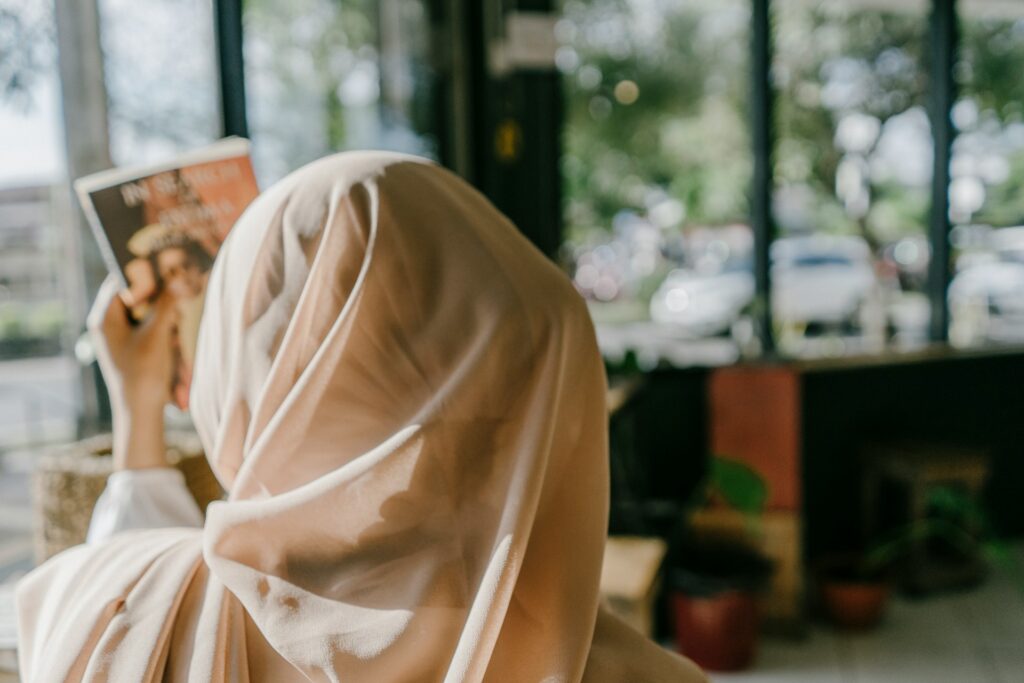
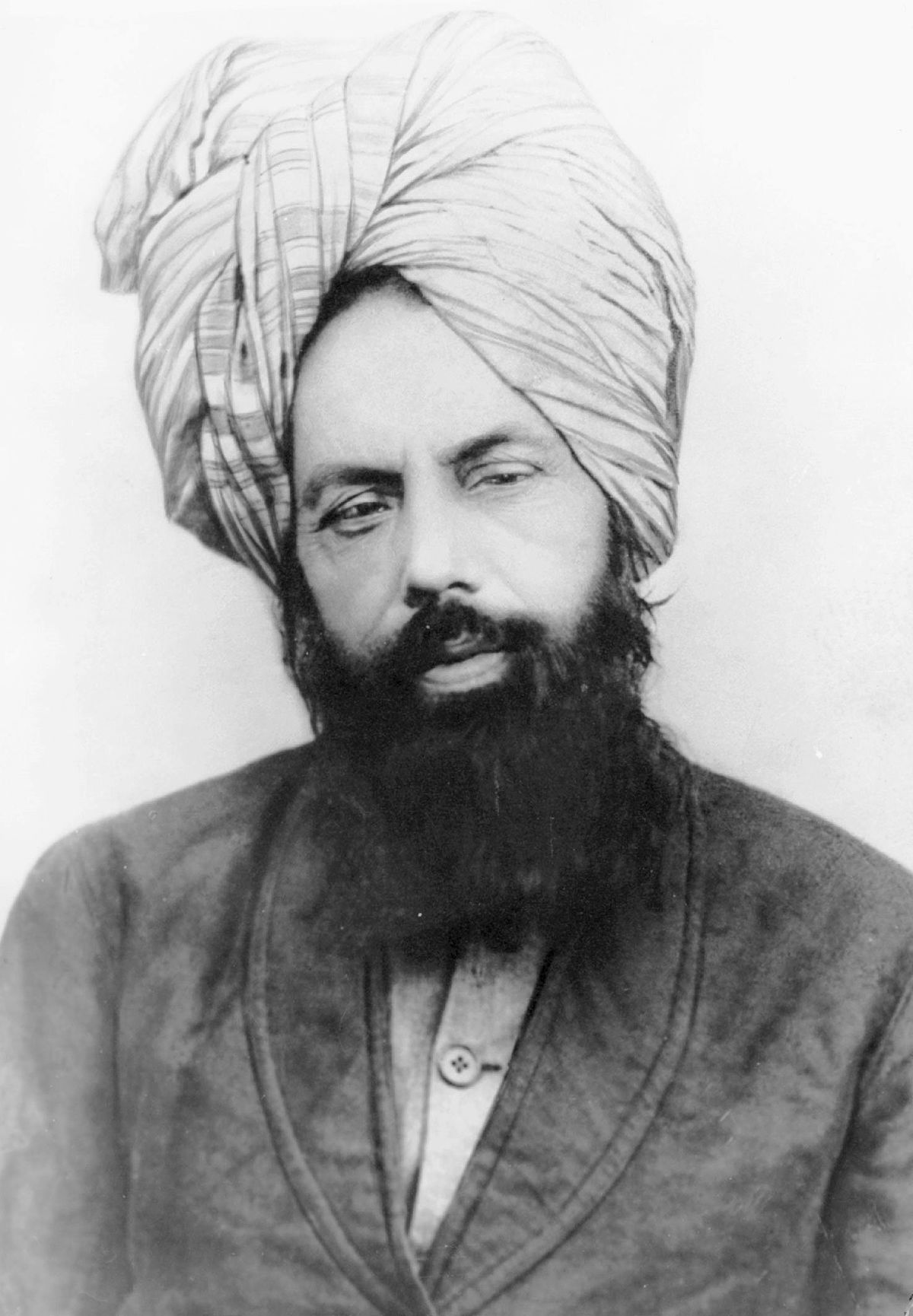
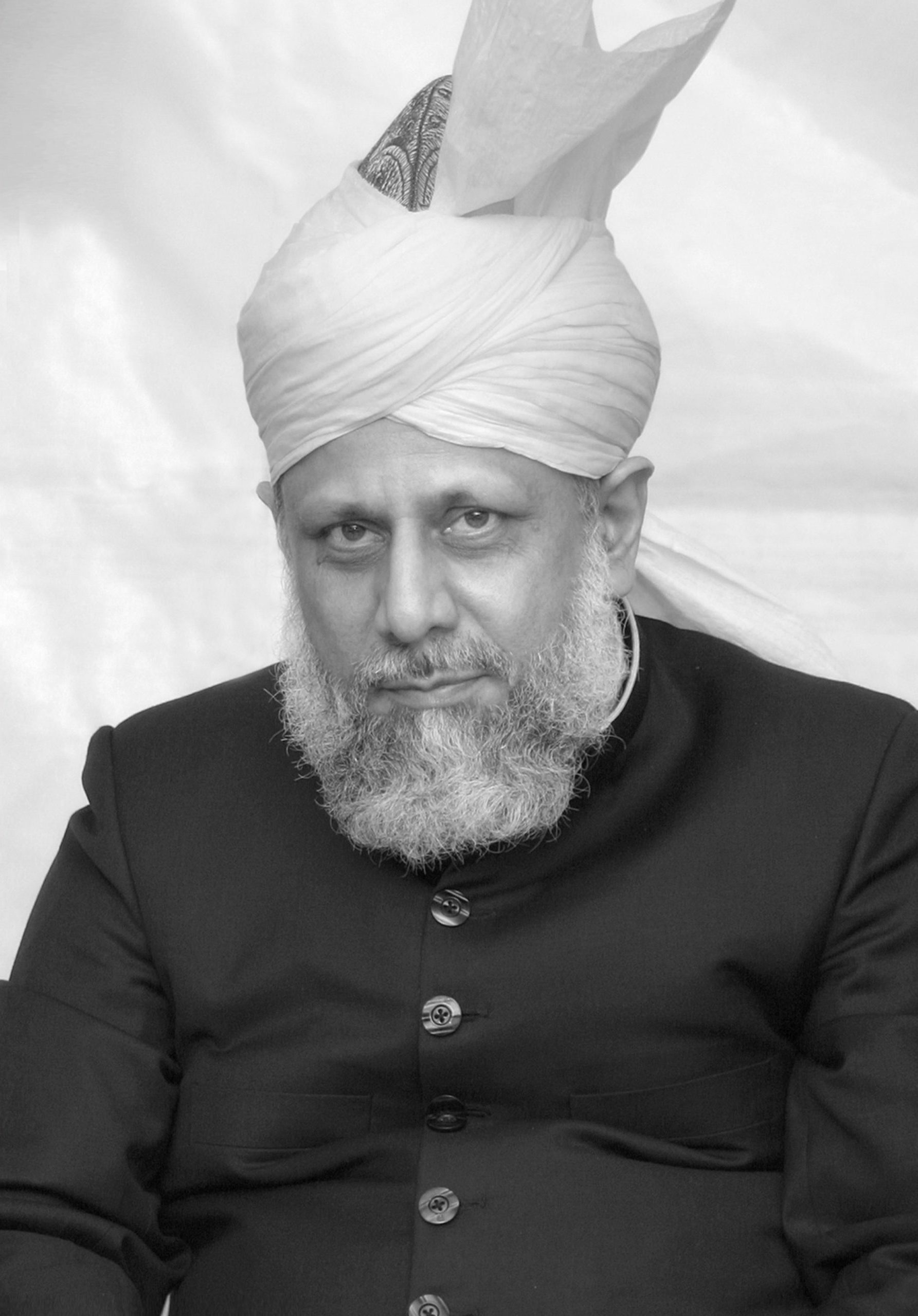


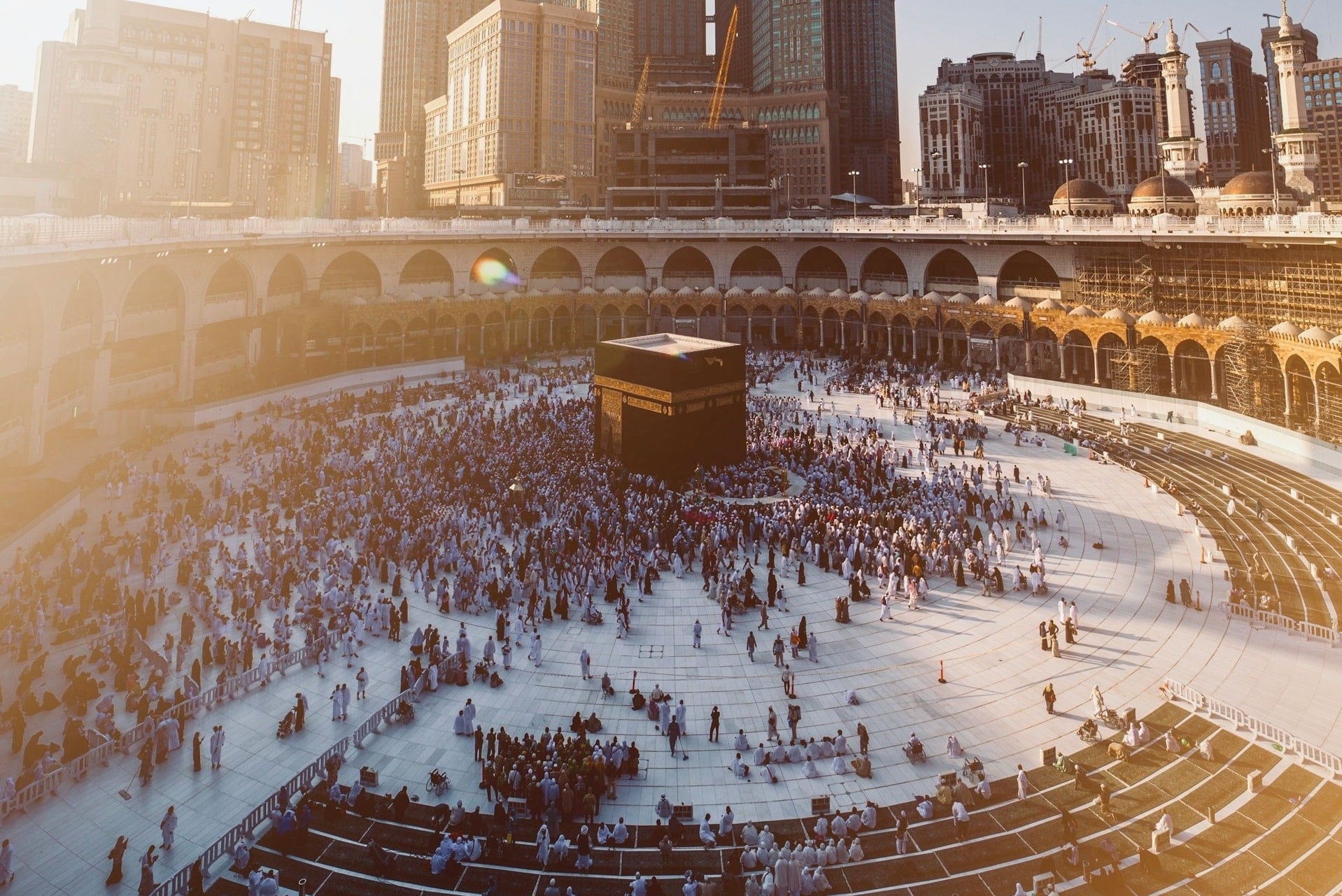


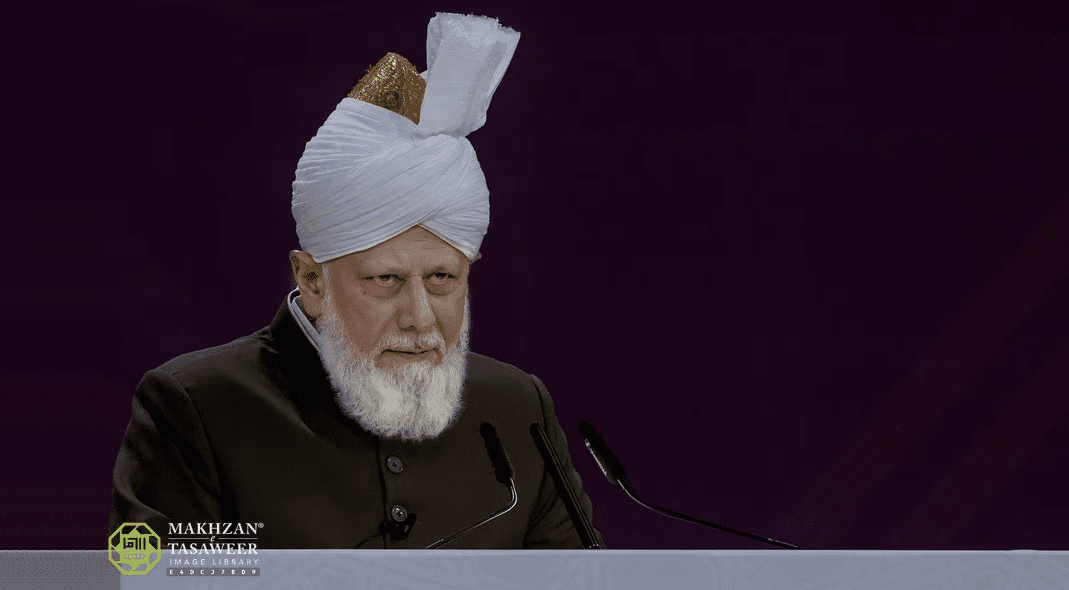
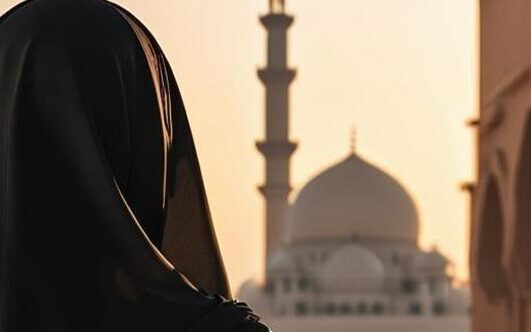


2 Comments
Madiha Siddiqui · November 19, 2020 at 3:28 pm
very informative 😃
Ameer zaeen · February 12, 2022 at 10:39 am
Mashallah.. well written